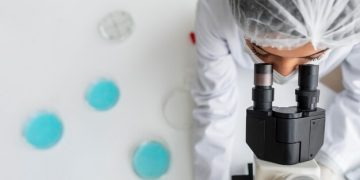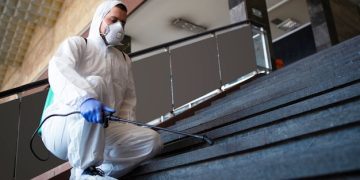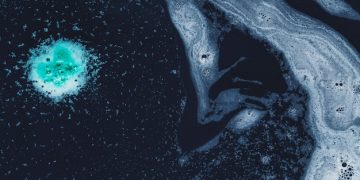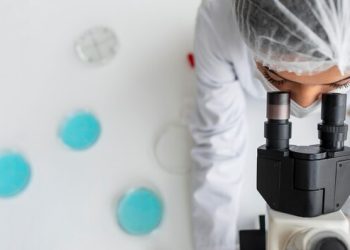
Tuberculosis, often called TB, is a disease that primarily affects the lungs but can also impact other parts of the body like the brain, spine, or kidneys. The name “tuberculosis” comes from a Latin word meaning “nodule” or something that sticks out. Most people who get TB develop symptoms, but it’s crucial to get treatment if you contract it.
If you have the bacteria but no symptoms, you might have latent TB, which means the bacteria are inactive in your body. However, if you show symptoms, you have active TB disease. TB has three stages, and about 10 million people worldwide were affected in the last decade, with 1.5 million deaths in 2020. Although TB was once a leading cause of death in the U.S., cases have significantly decreased since the 1940s and 1950s due to medical advancements.
In 2021, there were 7,860 reported cases in the U.S., with an incidence rate of 2.4 per 100,000 people. TB can be active or inactive and can also manifest in different forms, such as lung TB or extrapulmonary TB, which affects other body parts. Systemic miliary TB is another form that can spread throughout the body.
TB is caused by the bacteria Mycobacterium tuberculosis, which spreads through the air and primarily affects the lungs. It’s not easily transmitted; you usually need prolonged exposure to someone with active TB. When someone with active TB coughs, sneezes, sings, or laughs, they can release germs into the air. Only those with active pulmonary TB are contagious. People who inhale TB bacteria can often fight it off, resulting in latent TB.
In the U.S., up to 13 million people have latent TB. Although the bacteria are inactive, they can become active if the immune system weakens. Researchers are working on ways to prevent this activation. People with latent TB don’t show symptoms but can test positive in skin or blood tests.
Active TB symptoms can vary, and there are two main tests for TB: the Mantoux Tuberculin Skin Test (TST) and the Interferon Gamma Release Assay (IGRA) blood test. For TST, a small amount of PPD is injected under the skin, and the site is checked after a few days. For IGRA, a blood sample is analyzed in a lab.
Other tests can determine if you have TB or if your lungs are affected. You might need testing if you’re at risk, and certain minority groups in the U.S. have higher incidence rates than whites.
TB is treated with specific drugs, and it’s vital to complete the full course of medication, which can last up to nine months. Some TB strains are resistant to treatment, so multiple drugs are often used. Side effects from TB medications can occur, and it’s important to discuss these with your doctor, as they might indicate liver damage.
It may take time to feel better, but completing the treatment is essential. TB is curable, and you usually need prolonged contact with someone with active TB to get infected. Preventive measures include proper ventilation and personal protective equipment in hospitals. Some countries use the Bacillus Calmette-Guerin (BCG) vaccine to protect against severe TB forms, but it can affect TB skin test results.











































